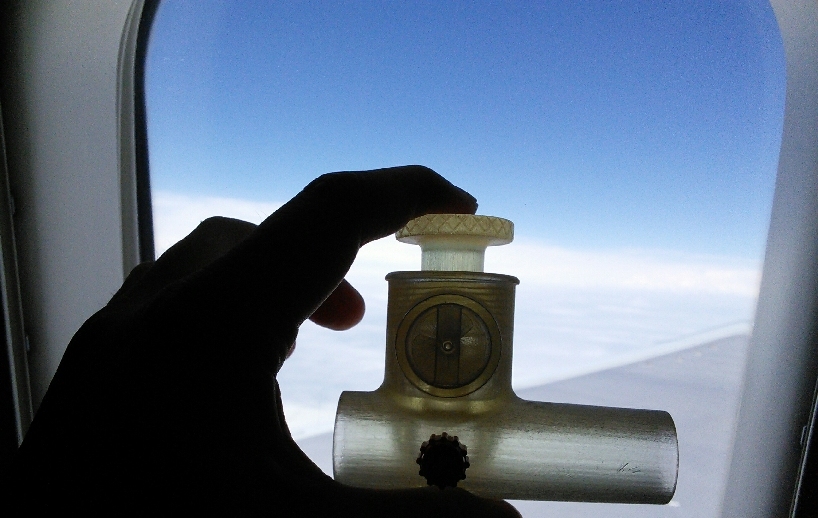
Ultracompact Anesthesia System for Space Mission (STONY'S Vapo-Ject) by N.I. from japan
designer's own words:
Human beings have yet to perform any type of surgery in space. One of the main reasons for this is the difficulty of controlling anesthesia in a zero gravity environment.
An anesthesia machine used on a space mission should be light and practical.
Inhalation anesthesia is much safer than intravenous anesthesia, since anesthetic agents (sevoflurane or isoflurane) are non-flammable and have low toxicity, and depth of anesthesia is regulated through respiration.
A simple inhalation anesthesia attachment was invented which, by fitting to a conventional bag valve mask (BVM), allows the addition of key functions of inhalation anesthesia systems: (1) vaporization of anesthetic; (2) manual/automatic ventilation; and (3) removal of anesthetic gas.
In tests conducted on Earth so far, when 5 ml of isoflurane were sprayed from the syringe, the inhalation anesthetic gas concentration within the breathing circuit was instantly elevated, and the exhalation anesthetic gas concentration reached a therapeutic range (sleep) within 15 sec. This state lasted for 2 min and then gradually reverted. It has been confirmed that the anesthetic gas is fully eliminated from the
body and recovery from anesthesia occurs over a period of 15 min.
When maintaining the anesthetized state over a long period is desired, manually adding anesthetic solution when the concentration falls below a target level, it is possible to easily maintain the anesthetized state.
With a novel APL valve using pneumatic pressure as a power source, non-step regulation of airway pressure and repetition of automatic inhalation/expiration in rats and in artificial lungs were achieved.
Moreover, 100% removal of anesthetic gas in breath was achieved using an attached activated charcoal filter.
So far, favorable anesthetic effects have been confirmed in experiments of sedation, asthma treatment, and subgingival scaling in humans, subgingival scaling and tooth extraction in dog, and electroconvulsion with use of muscle relaxants in rats.
This anesthesia system is not only easy to operate, safe, ultralight, and compact, but also does not require electronic components (Electromagnetic Compatibility).
Therefore, if its performance is successfully validated at the ISS, it is likely to become a powerful tool for medical treatment in space. It may also have promising future applications in disaster medical care, medical support in developing countries, anesthesia/ventilation during air or maritime transportation of patients, etc.
3D Printed Vapo-JET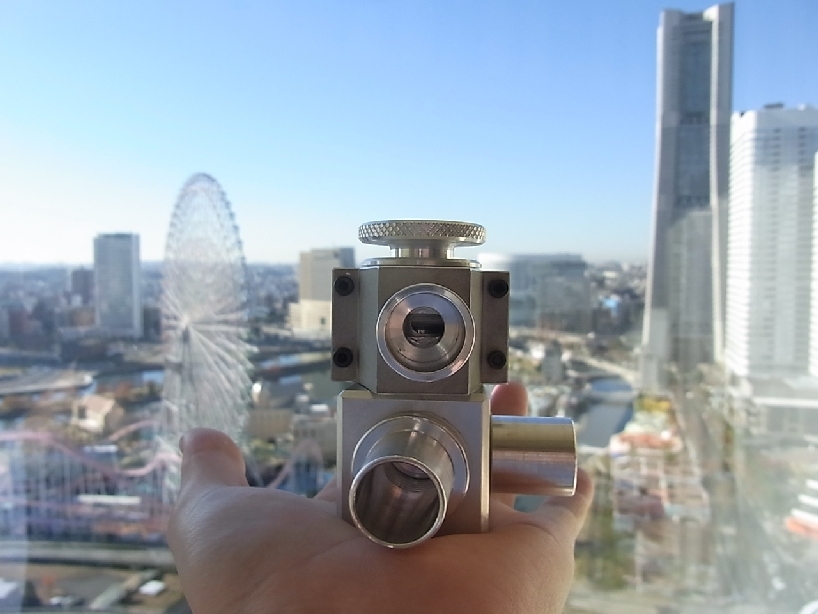
Vapo-Ject Aluminum ver. in Yokohama
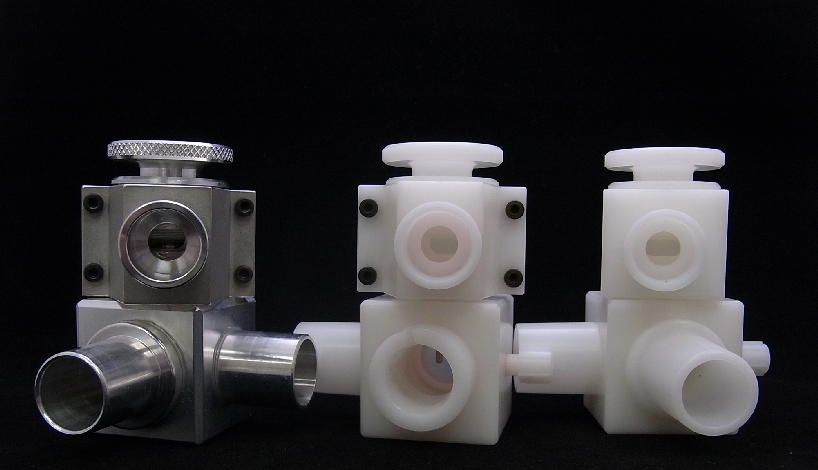
Vapo-Ject Prototype 1, 2, 2.1
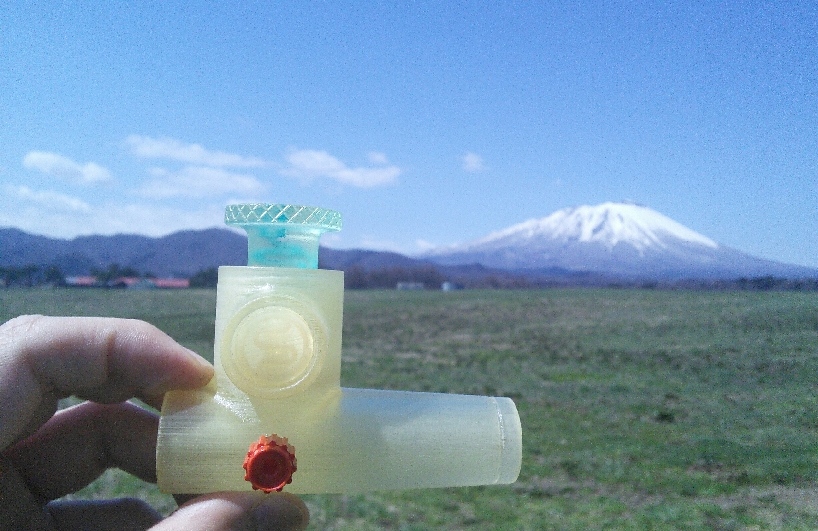
Mt. IWATE & 3DP VapoJET anesthesia system
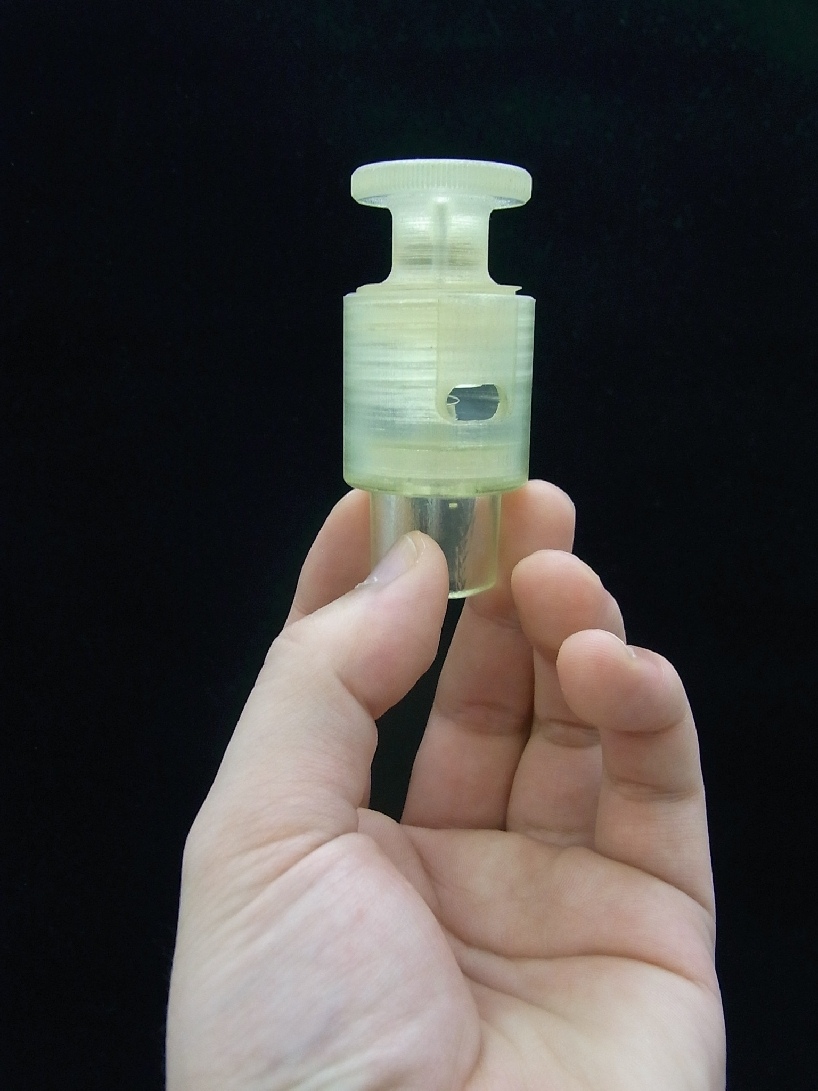
Miniature Ventilator Prototype (3D Printer)
https://www.youtube.com/watch?v=3LAsQkOA_v8&list=UUbrCVK7ywALbmL1s35DwO4A&index=1
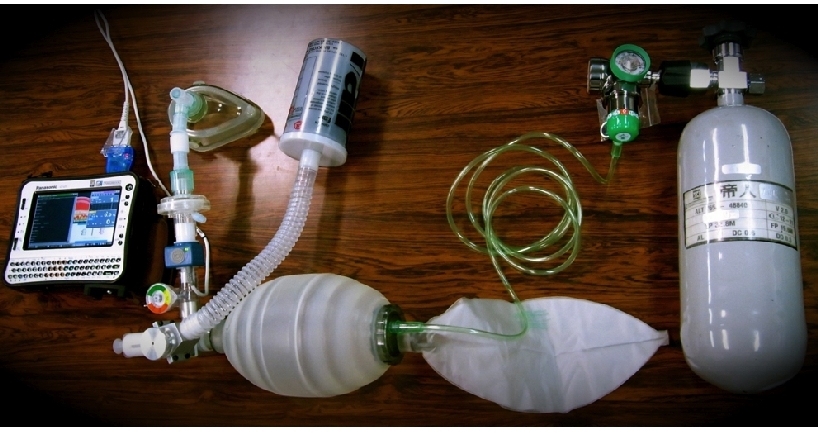
Vapo-Ject Setting